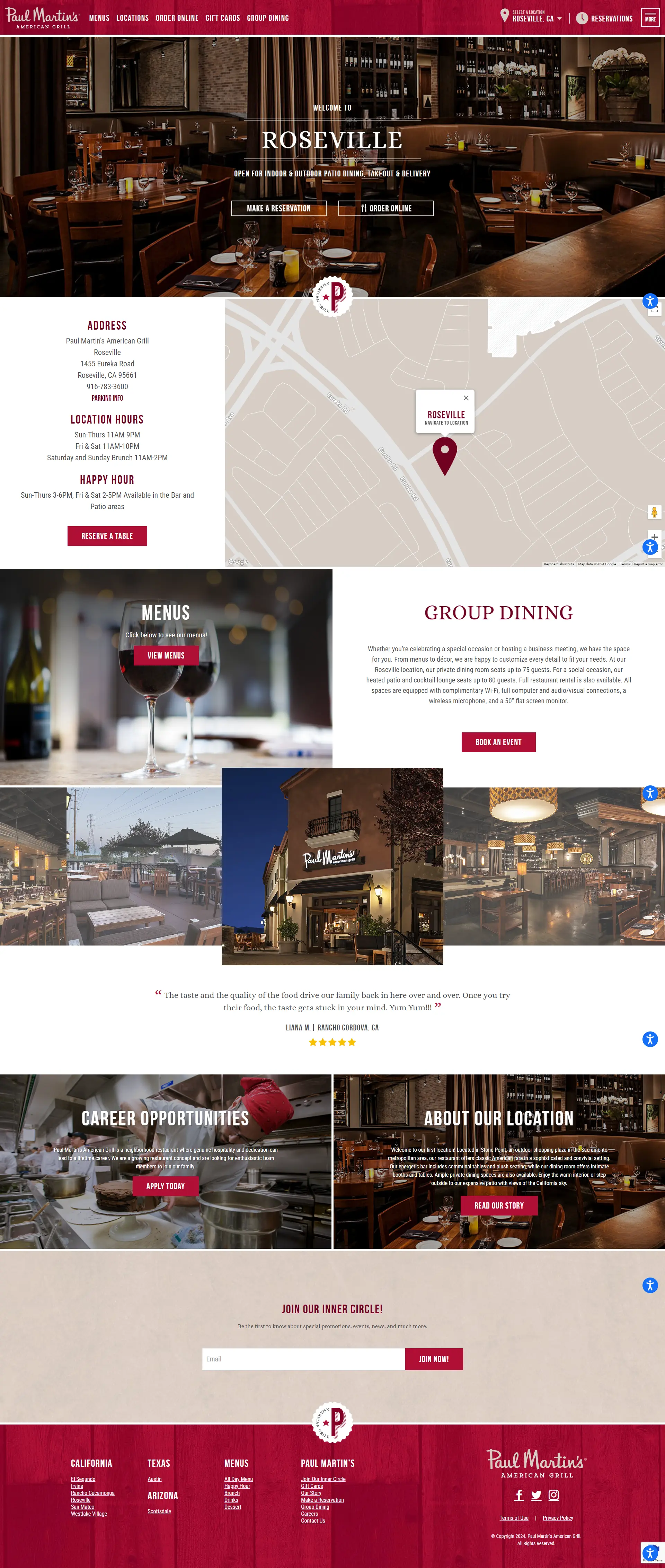Executive Summary
Updating your blog posts is essential for maintaining SEO performance and providing value to your readers. However, it’s not just about making superficial changes to appear current. Instead, focus on meaningful improvements that enhance the content’s usefulness. This guide covers the optimal frequency for updating blog posts, strategies for making substantial updates, examples of schema markup, and new SEO tactics to consider.
The Importance of Updating Blog Posts for SEO
In the ever-evolving world of SEO, keeping your content fresh and relevant is crucial. However, it’s not just about updating your blog posts frequently; it’s about making meaningful improvements that enhance the value for your readers. Simply changing a few words to make the date look newer won’t fool search engines. Instead, focus on substantial updates that genuinely improve the content.
How Often Should You Update Your Blog Posts?
The frequency of updating your blog posts depends on several factors, including the nature of your content, industry trends, and the performance of your existing posts. As a general rule of thumb, consider reviewing and updating your high-performing posts every 3-6 months. For posts that are not performing well, evaluate them every 6-12 months to see if they can be improved or repurposed.
Meaningful Improvements to Blog Posts
When updating your blog posts, aim to add value and enhance the user experience. Here are some ways to improve your content:
- Add New Information: Include the latest data, statistics, or industry trends to keep your content current.
- Enhance Readability: Break up long paragraphs, use bullet points, and add subheadings to make your content easier to read.
- Include Visuals: Add relevant images, infographics, or videos to make your content more engaging.
- Update Internal and External Links: Ensure that all links are working and add new links to relevant content.
- Optimize for Keywords: Re-evaluate your keyword strategy and incorporate new keywords that have gained popularity.
- Add Schema Markup: Implement schema markup for reviews, videos, FAQs, and other content types to improve search engine visibility.
Examples of Schema Markup
- Review Schema: Add structured data for product reviews to help search engines display rich snippets in search results.
- Video Schema: Use video schema to provide information about the video content, such as the title, description, and upload date.
- FAQ Schema: Implement FAQ schema to display frequently asked questions directly in search results, enhancing visibility and user engagement.
New SEO Tactics to Consider
- Voice Search Optimization: With the rise of voice assistants, optimize your content for voice search by using natural language and answering common questions.
- Featured Snippets: Aim to rank for featured snippets by providing concise and direct answers to common queries.
- Core Web Vitals: Focus on improving your website’s Core Web Vitals, such as loading speed, interactivity, and visual stability, to enhance user experience and search engine rankings.
- Content Clusters: Organize your content into clusters around central topics, with pillar pages linking to related subtopics, to improve site structure and SEO.
FAQs About Updating Your Blog Posts
Design clear and easily identifiable calls to action that both users and SGE can readily recognize.
Use sufficient color contrast, clear fonts, and semantic HTML elements to ensure your website is usable by everyone, including those with disabilities.
SGE necessitates a layout that is both user-friendly and easily interpretable by AI algorithms, focusing on clarity, structure, and semantic relevance.
Yes, it is possible to migrate your website from Wix to WordPress, but it can be a complex process.
Migrating from Wix to WordPress involves exporting your content from Wix, choosing a suitable WordPress theme, setting up your WordPress site, importing your content, and configuring plugins and settings. While it’s technically possible to do this yourself, it can be time-consuming and challenging, especially if you have a large or complex website. Consider hiring a professional developer or using a migration tool to ensure a smooth and successful transition.
Mobile-first design prioritizes optimizing the layout for smaller screens first, then adapting it for larger ones, ensuring a consistent experience across devices.
Structured data (Schema markup) helps Google understand your content’s context and meaning, increasing the chances of it being featured in rich SGE results.
WordPress is the undisputed champion for blogging due to its powerful content management features, blogging-specific plugins, and extensive customization options.
WordPress was originally designed as a blogging platform, and it excels in this area. It offers features like post scheduling, categories, tags, commenting systems, and RSS feeds, making it ideal for managing and organizing your blog content. Additionally, numerous plugins, such as Yoast SEO and Editorial Calendar, enhance your blogging experience with SEO optimization, content planning, and social media integration. Wix’s blogging capabilities are more limited, lacking the advanced features and flexibility that WordPress provides.
WordPress, with the help of multilingual plugins like WPML, is generally better suited for creating and managing multilingual websites.
WPML allows you to translate your website’s content, including posts, pages, menus, and even themes and plugins, into multiple languages. It provides seamless language switching, SEO optimization for each language version, and compatibility with various WordPress themes and plugins. While Wix offers multilingual capabilities, it can be less flexible and may have limitations in terms of translation management and SEO for multilingual sites.
Wix is generally considered easier to use for beginners due to its drag-and-drop interface and user-friendly website builder.
Wix’s intuitive interface and visual editor allow beginners to create and customize websites without any coding knowledge. Its drag-and-drop functionality simplifies the process of adding elements and arranging layouts. In contrast, while WordPress also offers visual builders, it traditionally requires a steeper learning curve, involving understanding themes, plugins, and potentially some basic coding for more advanced customizations.
WordPress can be more cost-effective in the long run, especially for larger websites with growing needs, while Wix’s subscription-based pricing can become expensive as your website expands.
While Wix offers free and paid plans, its premium plans come with ongoing subscription costs. As your website grows and requires more resources or advanced features, the cost of your Wix subscription can increase significantly. In contrast, while WordPress itself is free, you’ll need to invest in hosting, a domain name, and potentially premium themes or plugins. However, these costs can often be more manageable in the long run, especially for larger websites with evolving requirements.
WordPress offers significantly more design flexibility than Wix due to its open-source nature and vast library of themes and plugins.
With WordPress, you have complete control over your website’s design and functionality. You can choose from thousands of free and premium themes, each offering unique layouts and styles. Additionally, the vast WordPress plugin ecosystem allows you to add virtually any feature or functionality imaginable, further enhancing your design possibilities. In contrast, while Wix provides a range of templates and design elements, its closed platform nature limits customization options compared to the open-ended flexibility of WordPress.
Both Wix and WordPress offer e-commerce capabilities, but WordPress, with the WooCommerce plugin, generally provides a more robust and scalable e-commerce solution.
Wix’s built-in e-commerce functionality is user-friendly and suitable for small to medium-sized online stores. However, for larger stores with complex requirements or plans for significant growth, WordPress with the WooCommerce plugin offers a more powerful and flexible e-commerce platform. WooCommerce provides extensive customization options, a vast library of extensions, and the ability to scale your online store seamlessly.
Conclusion
By focusing on meaningful updates and implementing these SEO tactics, you can ensure that your blog posts remain valuable to your readers and continue to perform well in search engine rankings. Remember, the goal is to provide the best possible experience for your audience, and search engines will reward you for it.



















